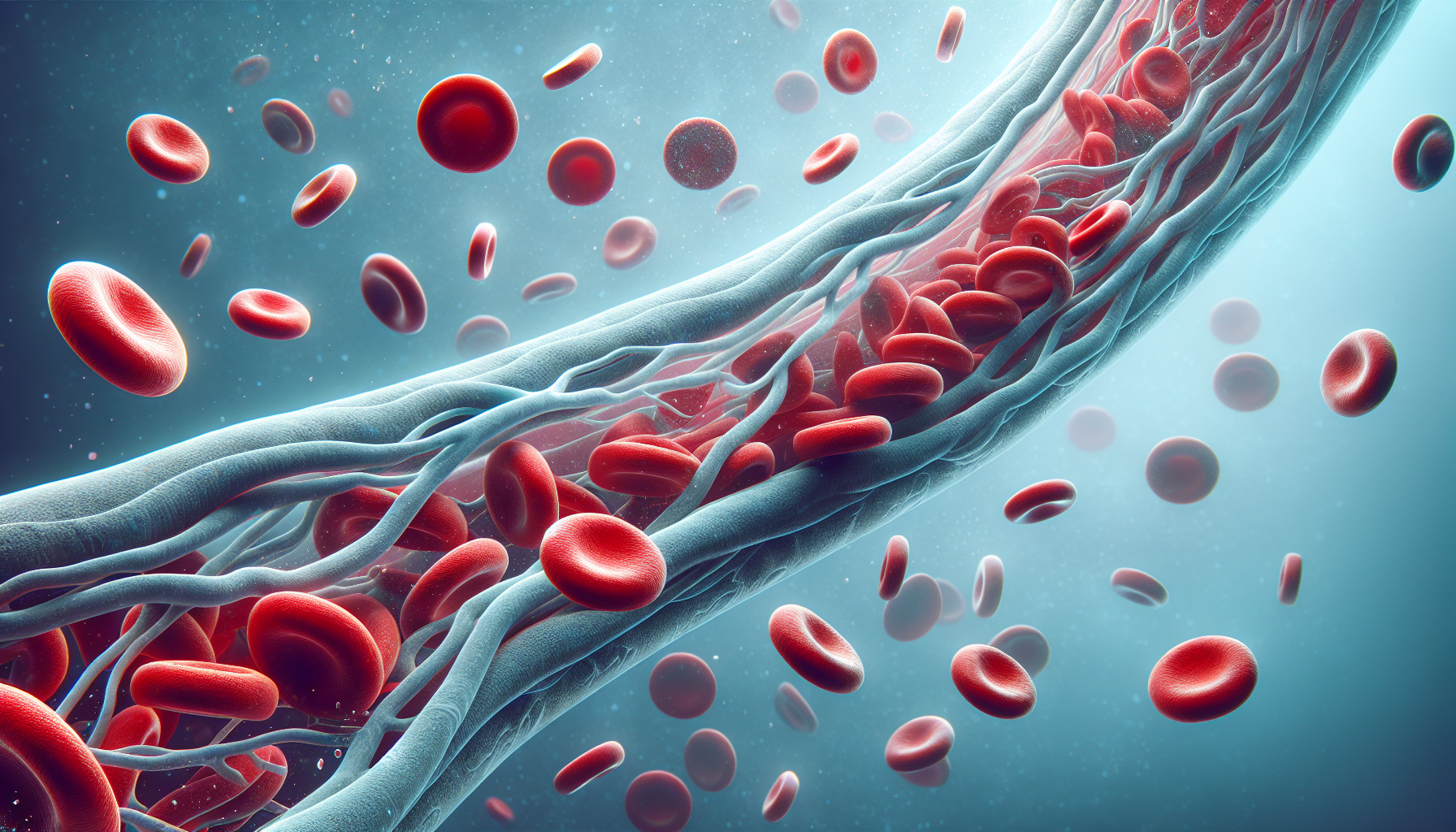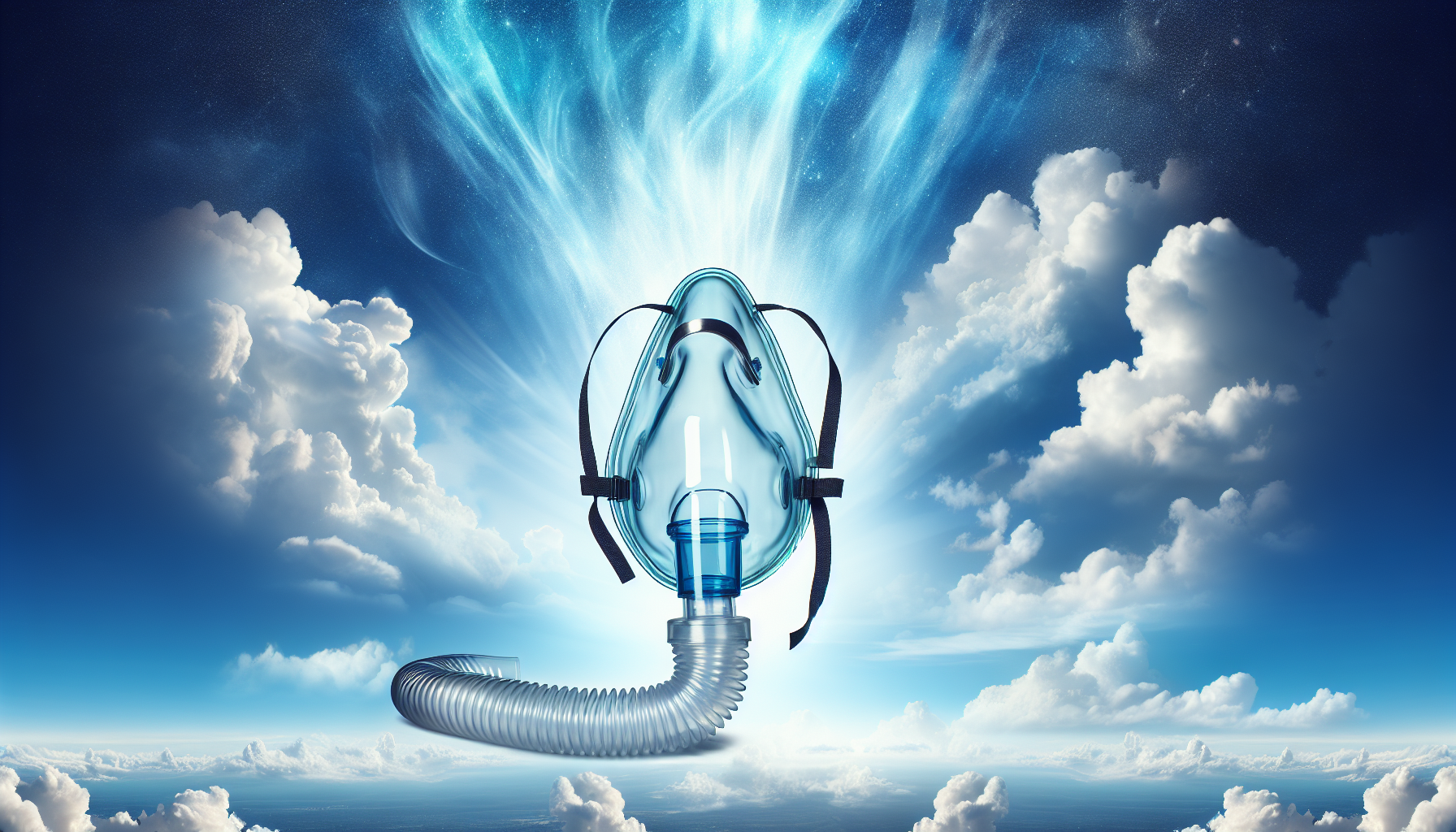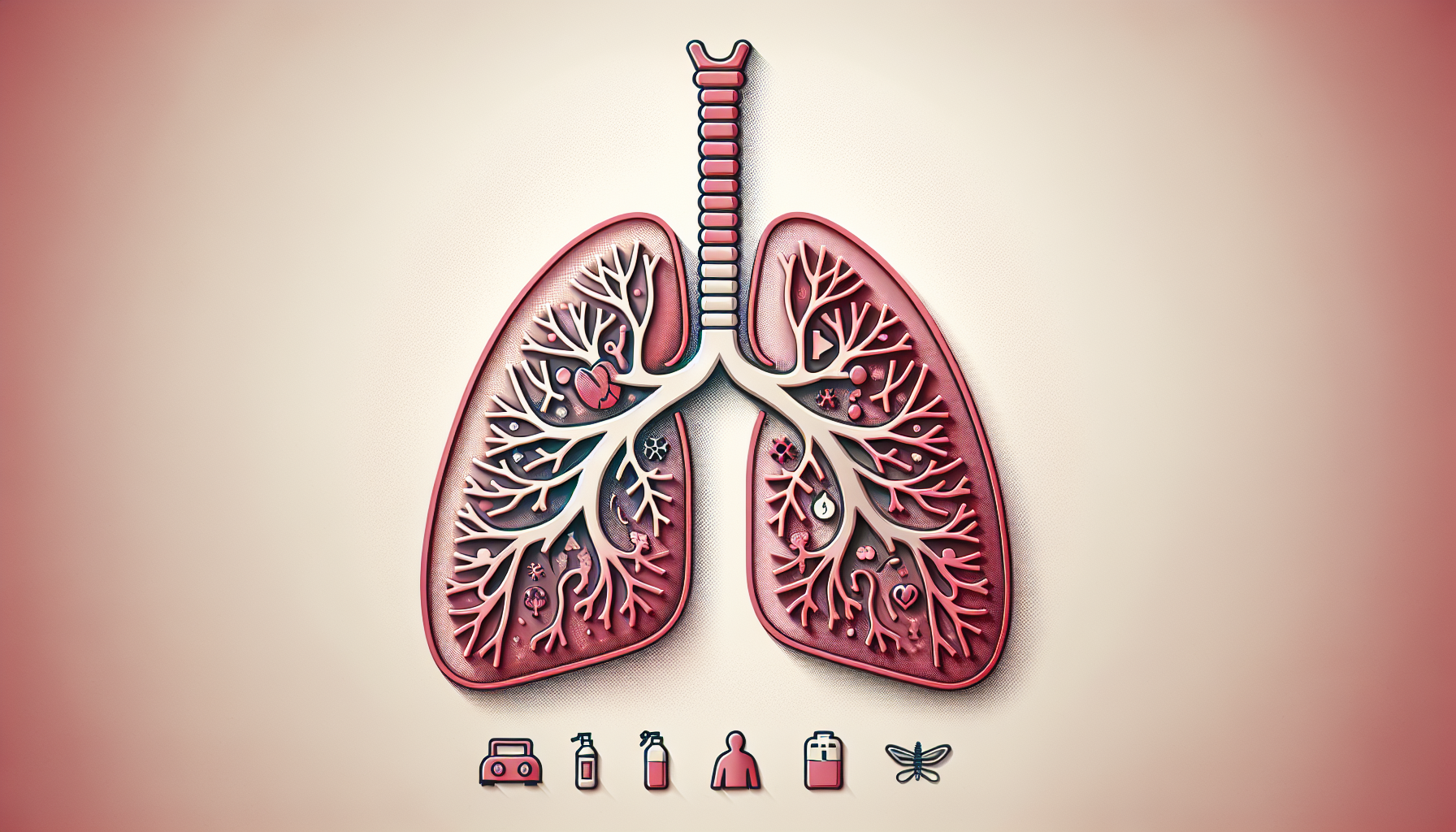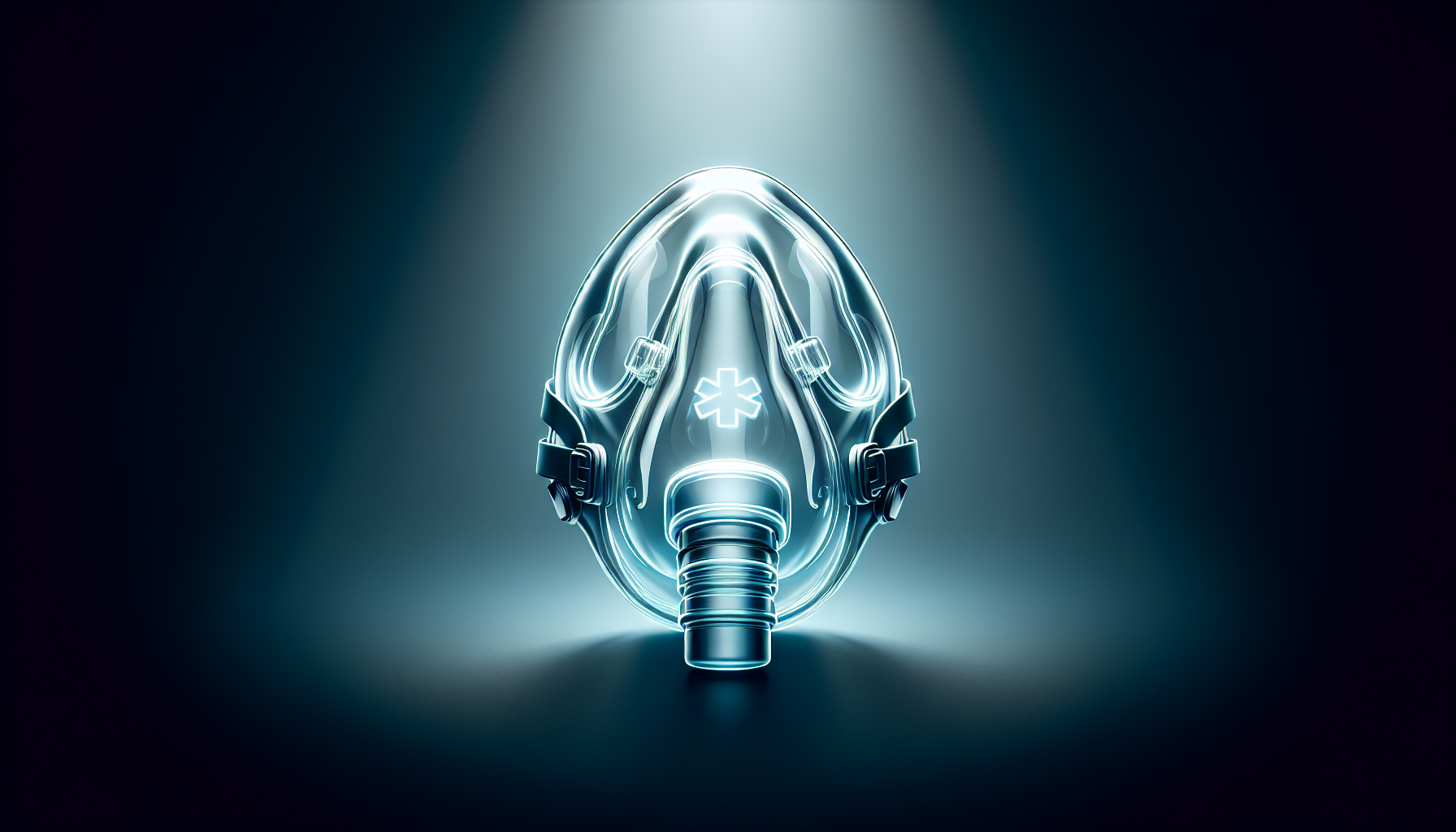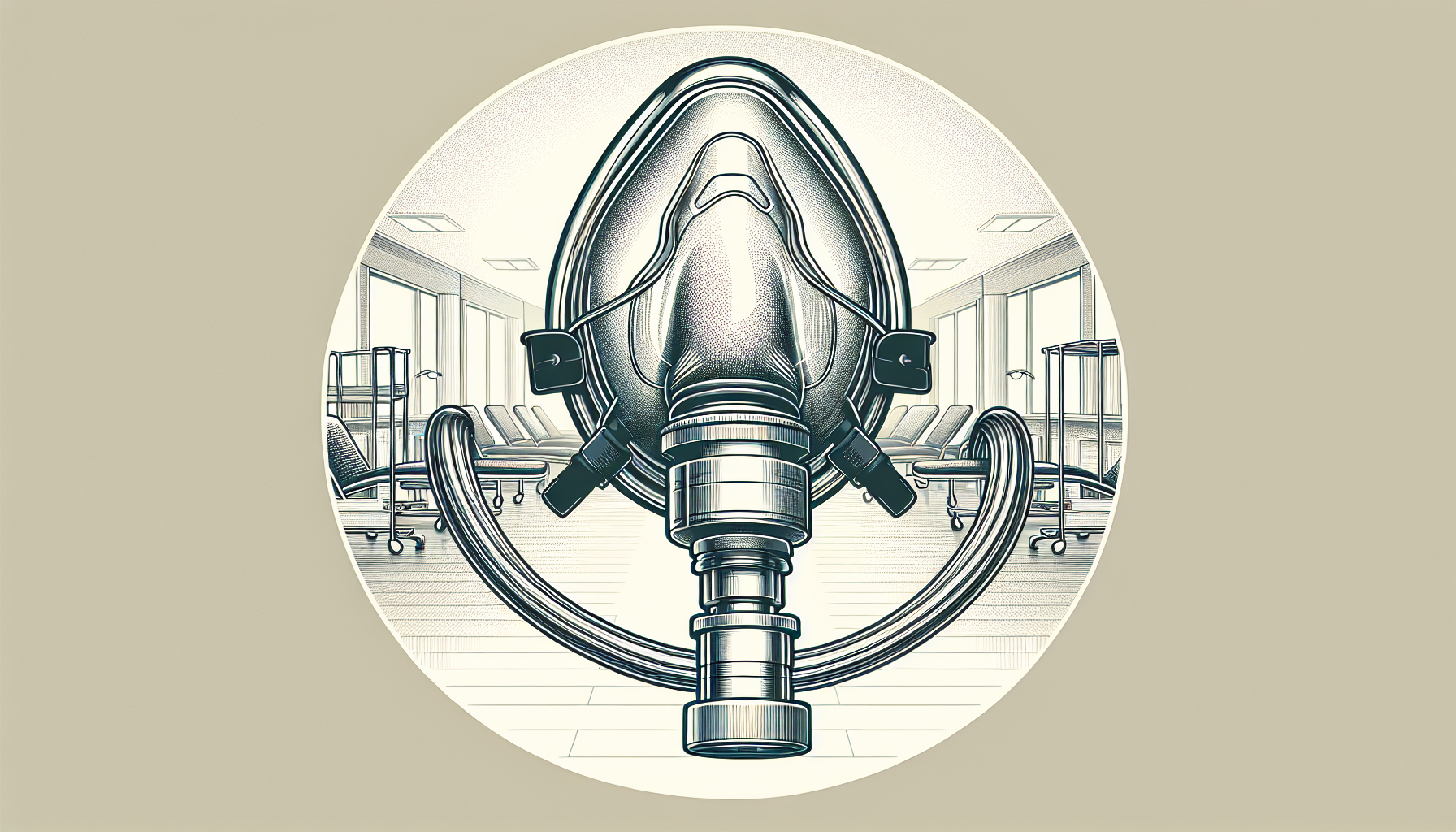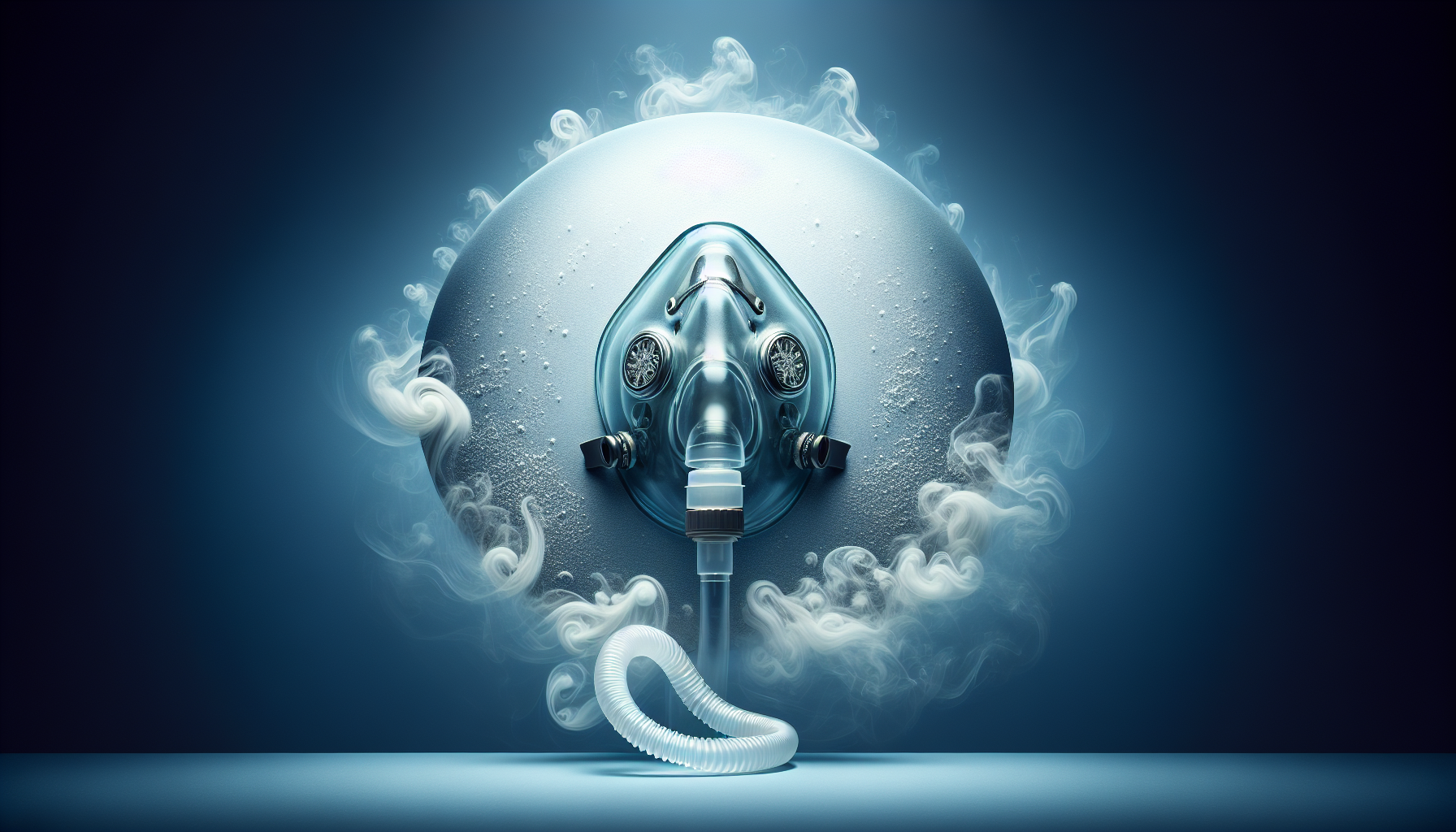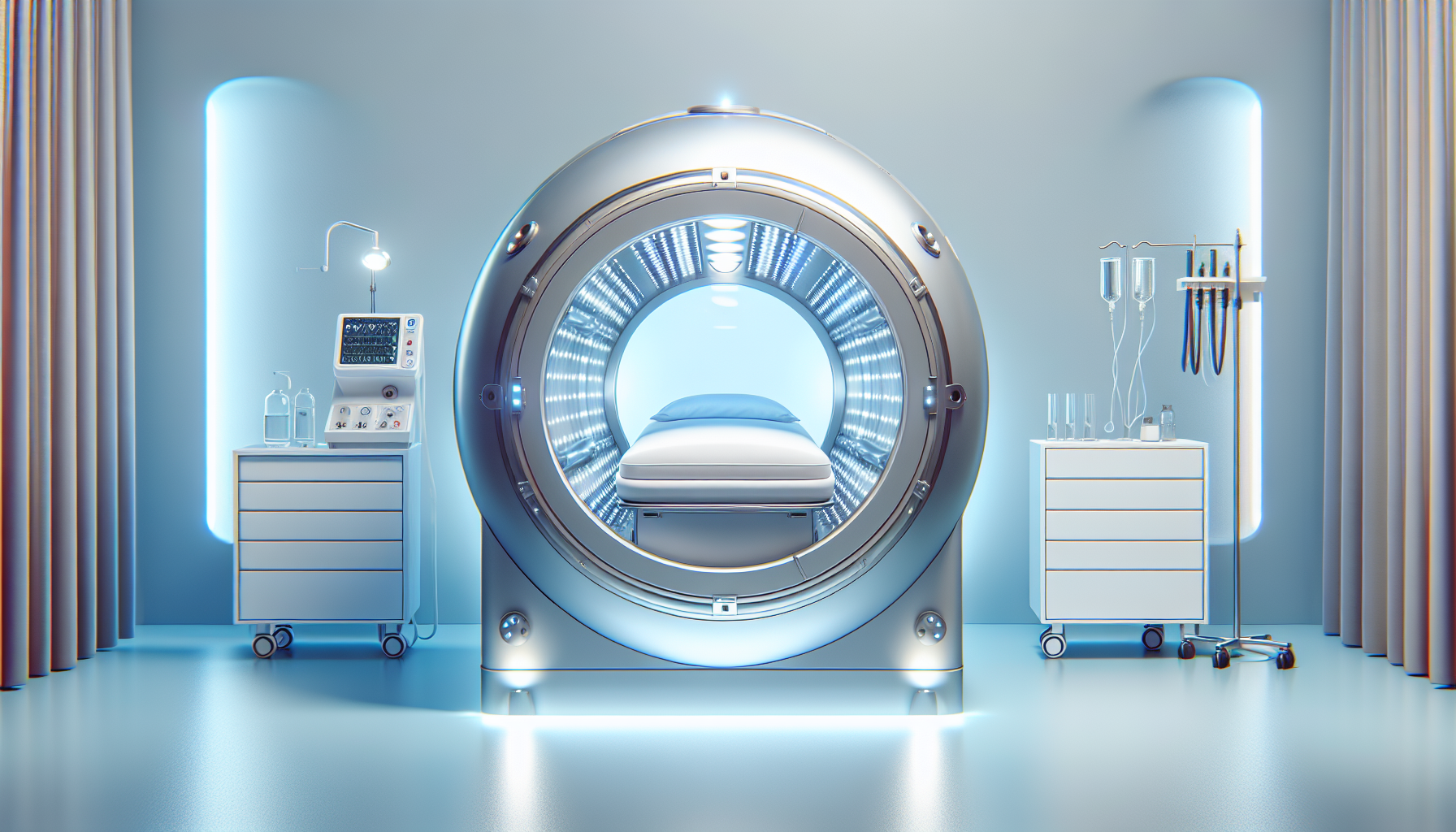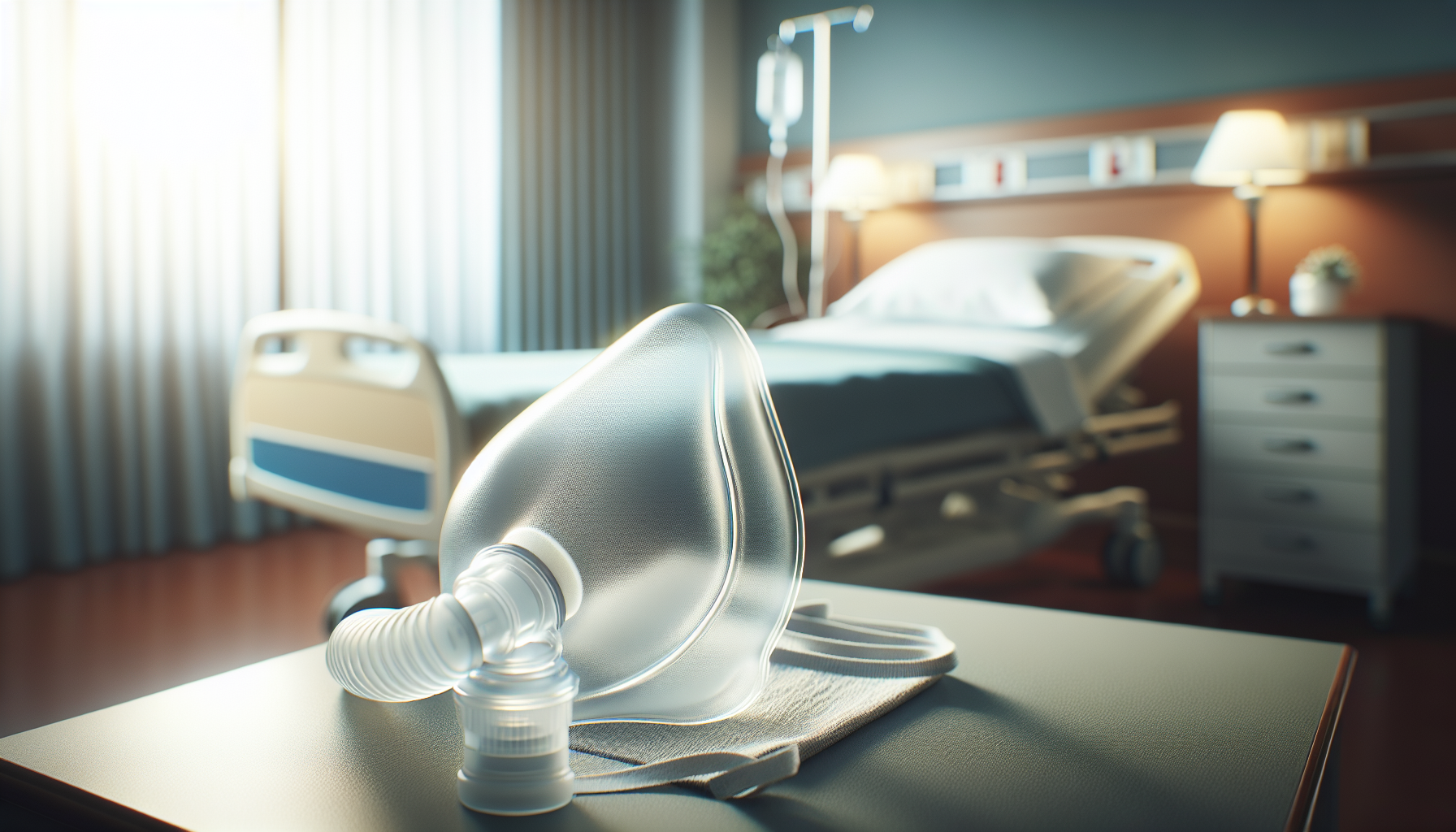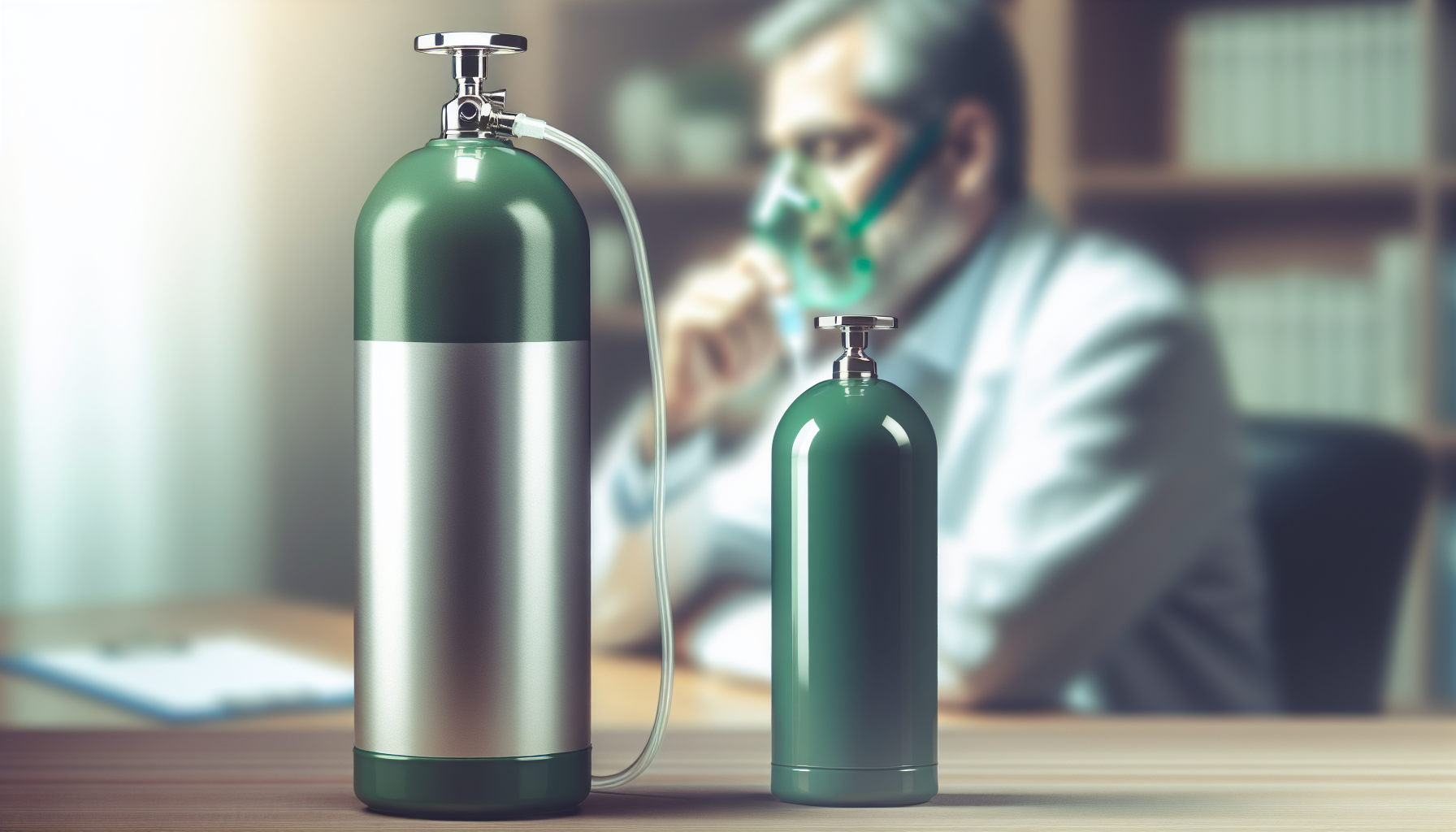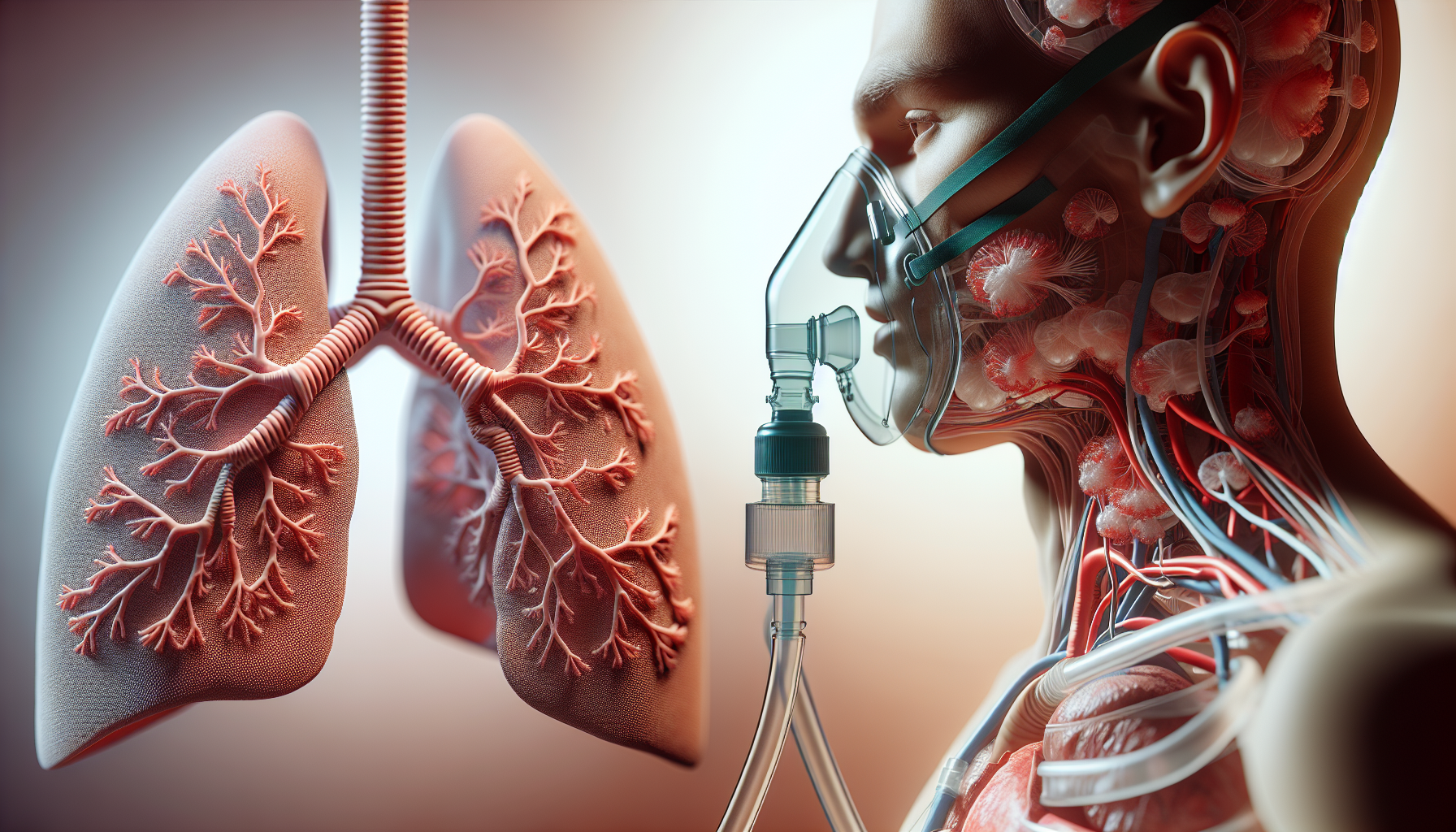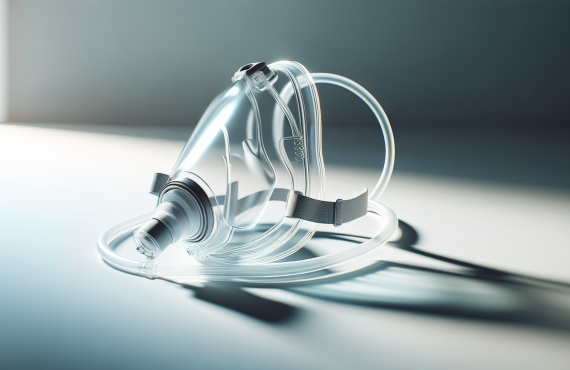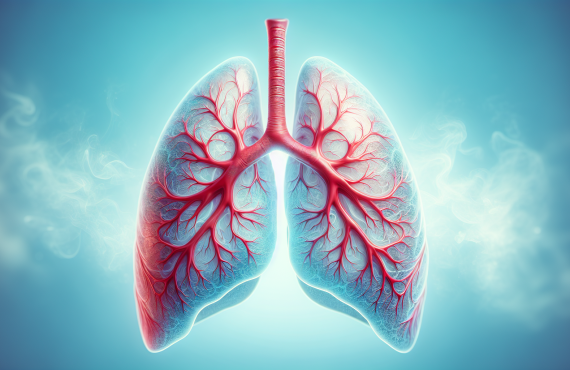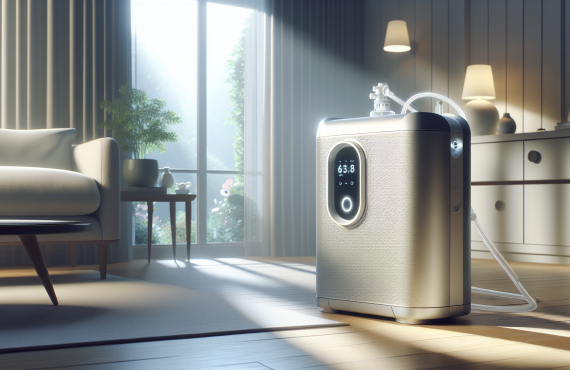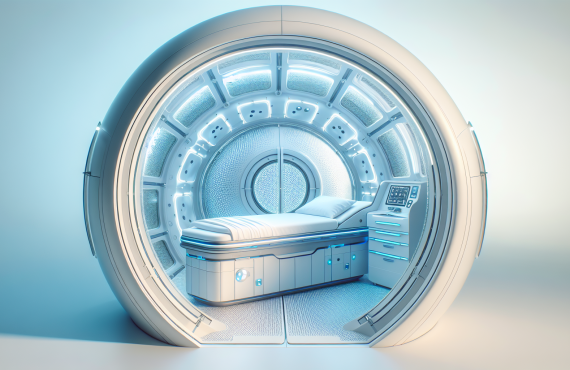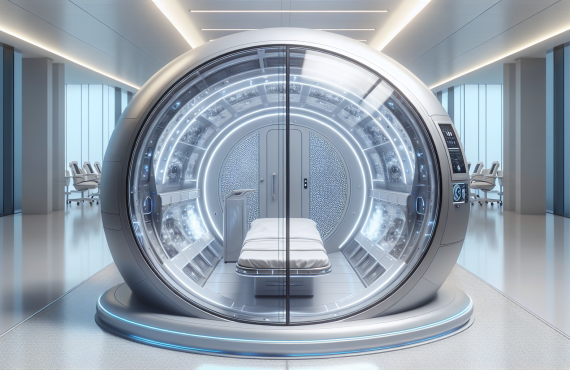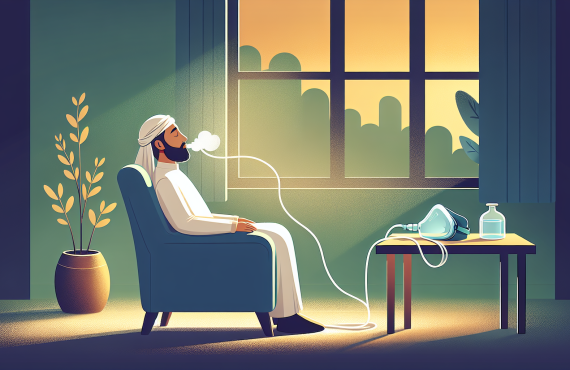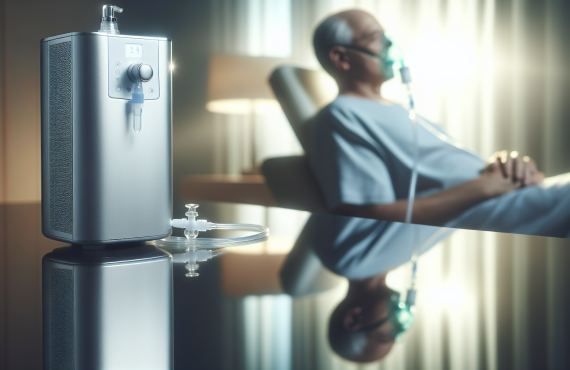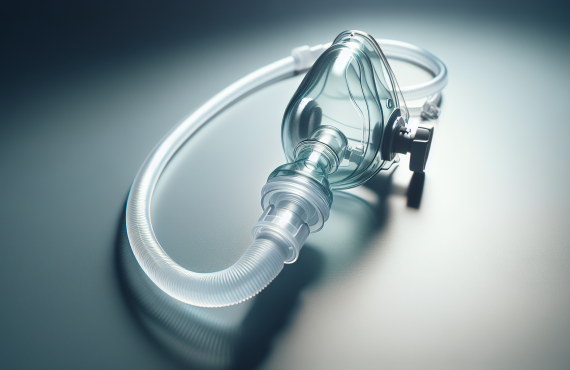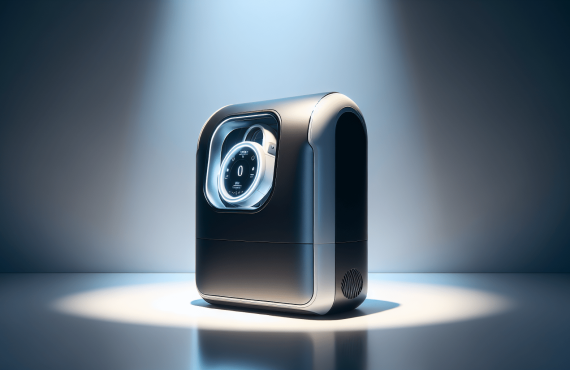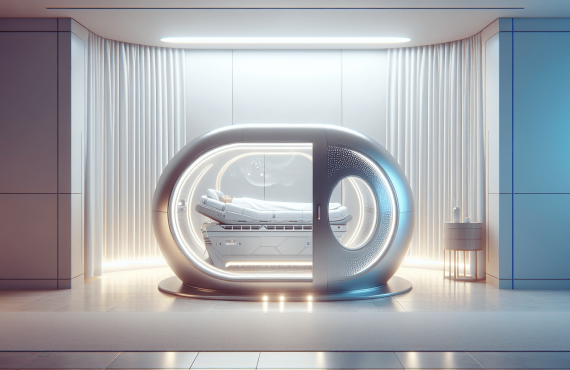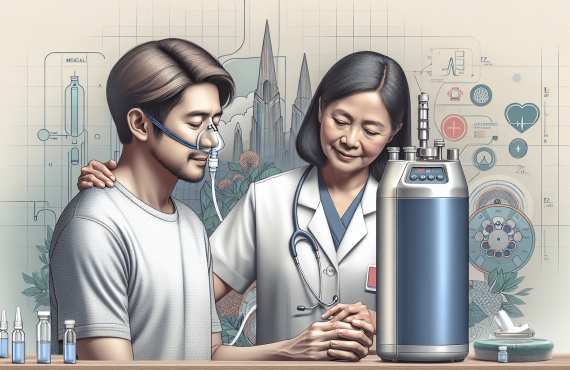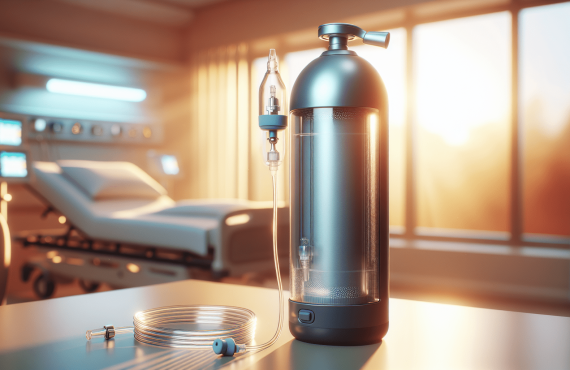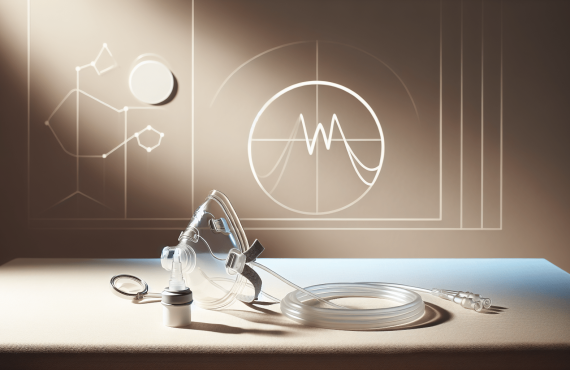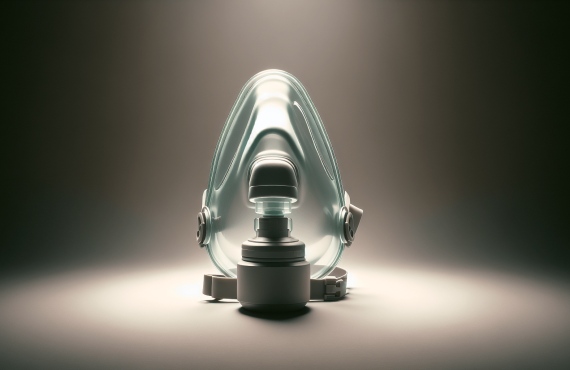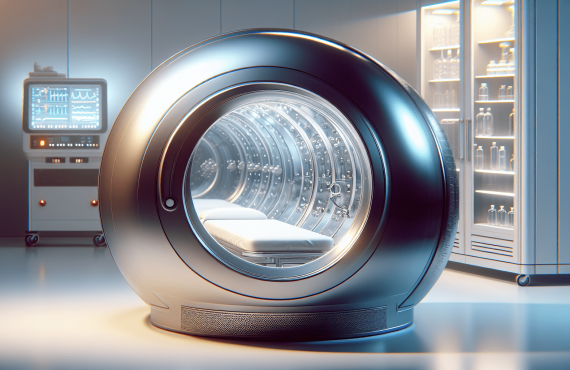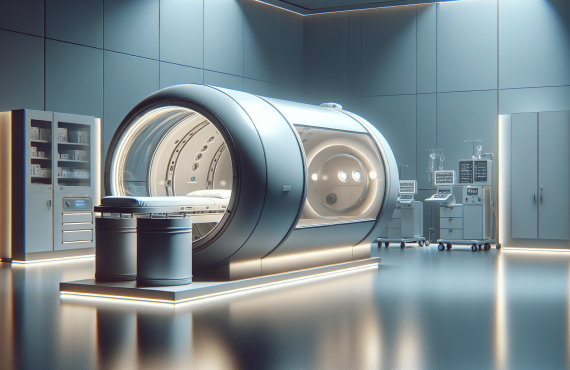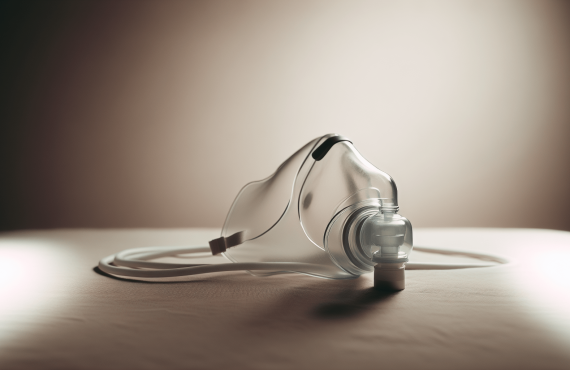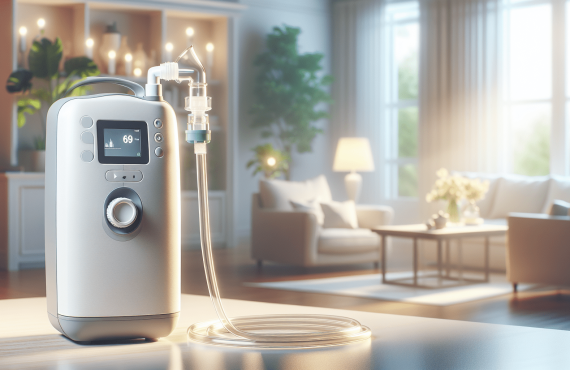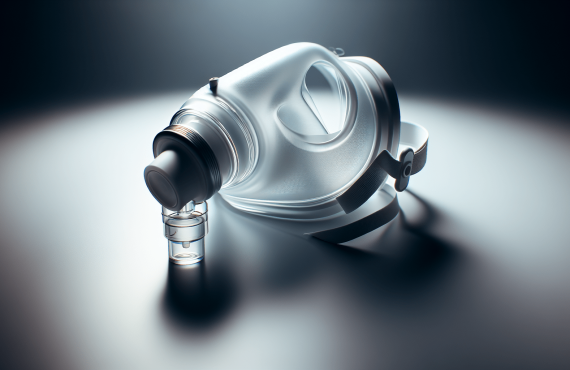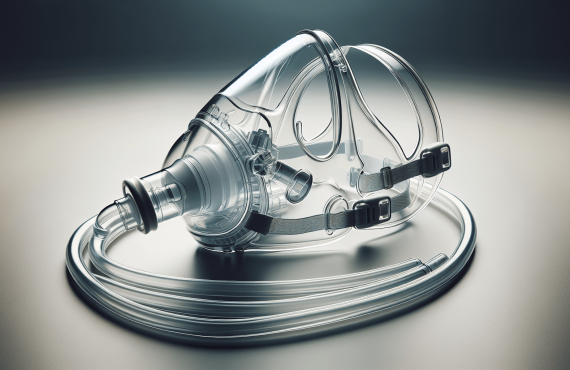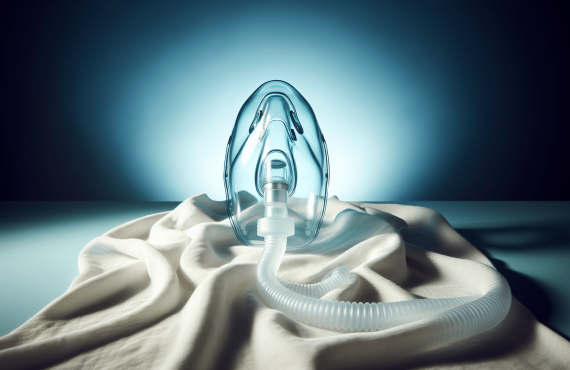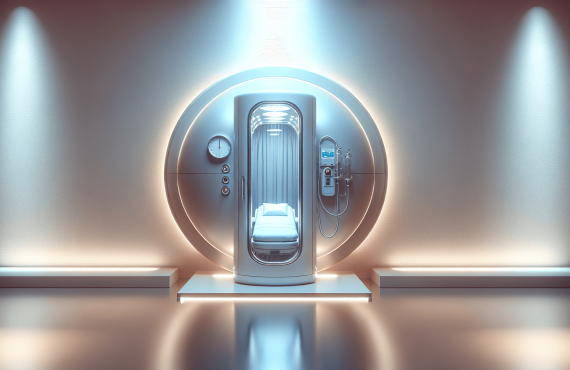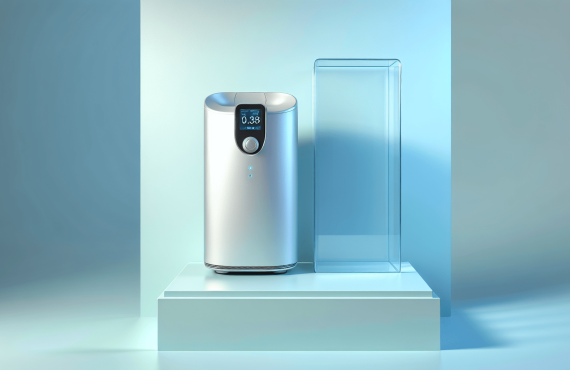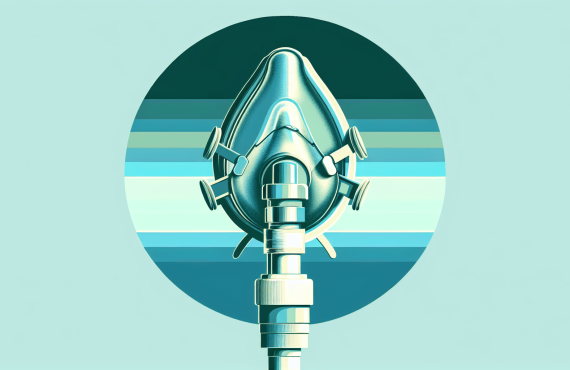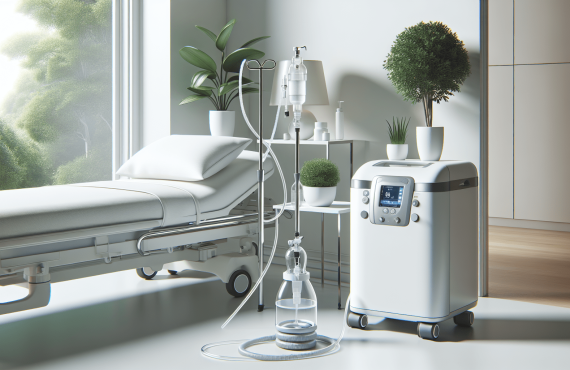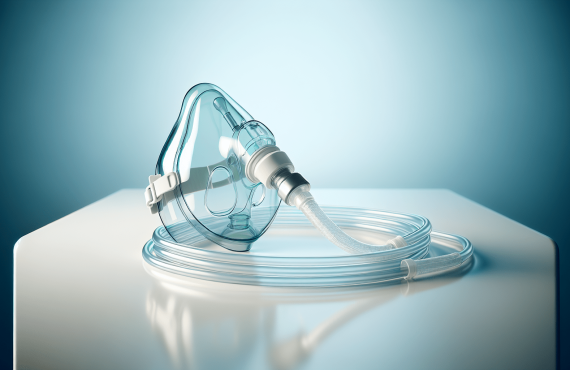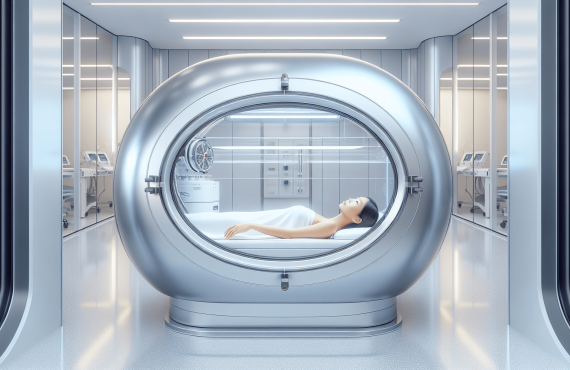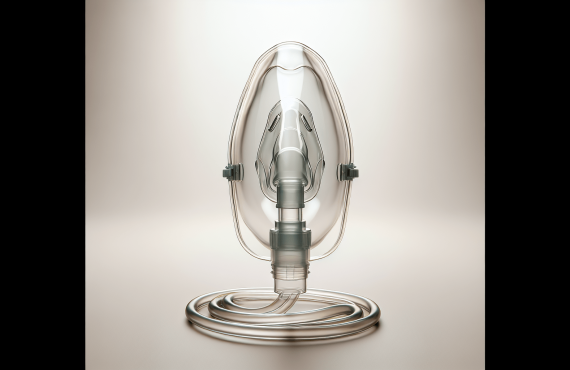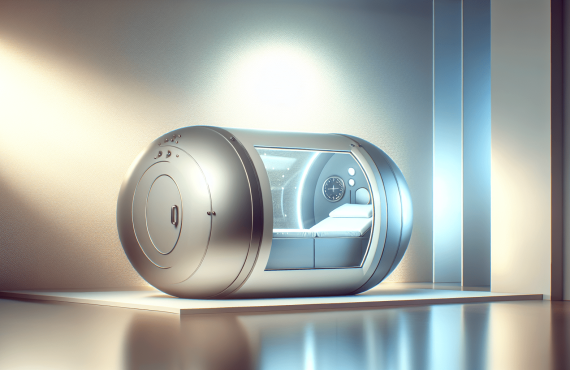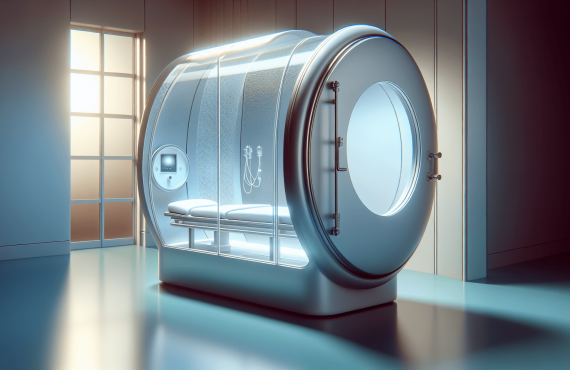Have you ever wondered about the life expectancy of someone with COPD who relies on oxygen therapy? It’s a critical question for many, as COPD (Chronic Obstructive Pulmonary Disease) deeply impacts lives. Understanding what it means to live with COPD and how supplemental oxygen plays a role can alleviate worries and provide direction.
Table of Contents
Understanding COPD
What is COPD?
COPD stands for Chronic Obstructive Pulmonary Disease, a chronic condition that affects your lungs and airways. It makes breathing difficult and can progressively worsen over time. The two primary conditions under COPD are chronic bronchitis and emphysema. Both reduce airflow due to inflammation or damage in your lungs.
Causes of COPD
The leading cause of COPD is smoking, but it’s not the only one. Exposure to fumes, dust, and chemicals in your living or working environment can also lead to COPD. In some cases, a genetic condition called alpha-1 antitrypsin deficiency might be the cause.
Symptoms of COPD
COPD symptoms can vary but often include shortness of breath, persistent cough, wheezing, and tightness in the chest. These symptoms usually worsen over time, making daily activities gradually more difficult.
Role of Oxygen Therapy in COPD
Why Use Oxygen Therapy?
Oxygen therapy is essential for many COPD patients whose blood oxygen levels drop below normal. Ensuring your body gets enough oxygen is crucial for maintaining energy, brain function, and overall health. Oxygen therapy helps alleviate shortness of breath and enhances your quality of life.
How Does Oxygen Therapy Work?
In oxygen therapy, you breathe extra oxygen through a mask or nasal cannula linked to an oxygen tank. This increases the amount of oxygen your lungs deliver to your bloodstream, helping you feel less breathless and more energetic.
Types of Oxygen Delivery Systems
You might encounter different oxygen delivery systems, such as compressed oxygen tanks, liquid oxygen systems, and oxygen concentrators. Each has its benefits and limitations. Your healthcare provider will recommend the best option based on your lifestyle and oxygen needs.
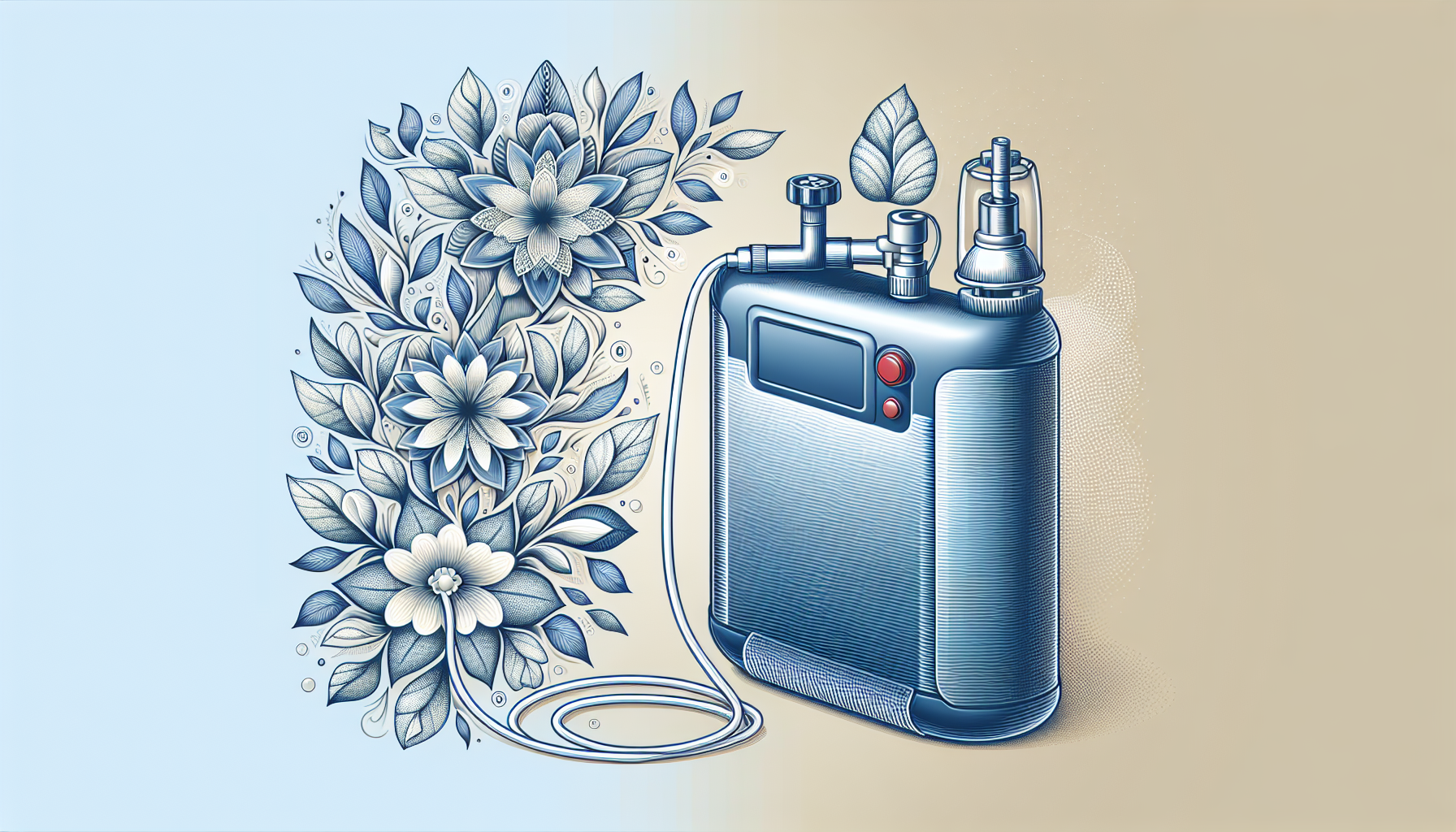
Life Expectancy of COPD Patients on Oxygen
Factors Influencing Life Expectancy
Various factors influence how long someone with COPD on oxygen therapy might live. These include the severity of COPD, whether you continue to smoke, your age, overall health, and how well you manage your condition.
Can Oxygen Therapy Prolong Life?
While oxygen therapy does not cure COPD, it can undoubtedly prolong life for those with very low oxygen levels. It enhances quality of life by allowing you to remain more active and reducing complications like heart failure.
Research and Statistics
Studies show that adherence to prescribed oxygen therapy can improve survival rates and quality of life. For instance, the Nocturnal Oxygen Therapy Trial found that continuous oxygen therapy increased survival rates for a certain group of patients over those who didn’t use it consistently.
Managing COPD Effectively
Quitting Smoking
The best step you can take to improve your life expectancy with COPD is to quit smoking if you haven’t already. Stopping smoking slows disease progression significantly.
Medication and Pulmonary Rehabilitation
Medications such as bronchodilators and corticosteroids can manage symptoms. Pulmonary rehabilitation, a program of exercise and education, can also help you stay active and educate you on managing your disease effectively.
Lifestyle Adjustments
Eating a balanced diet, staying active, and getting vaccinated against respiratory infections like the flu and pneumonia should be part of your COPD management plan. These lifestyle adjustments play a vital role in improving your overall health.
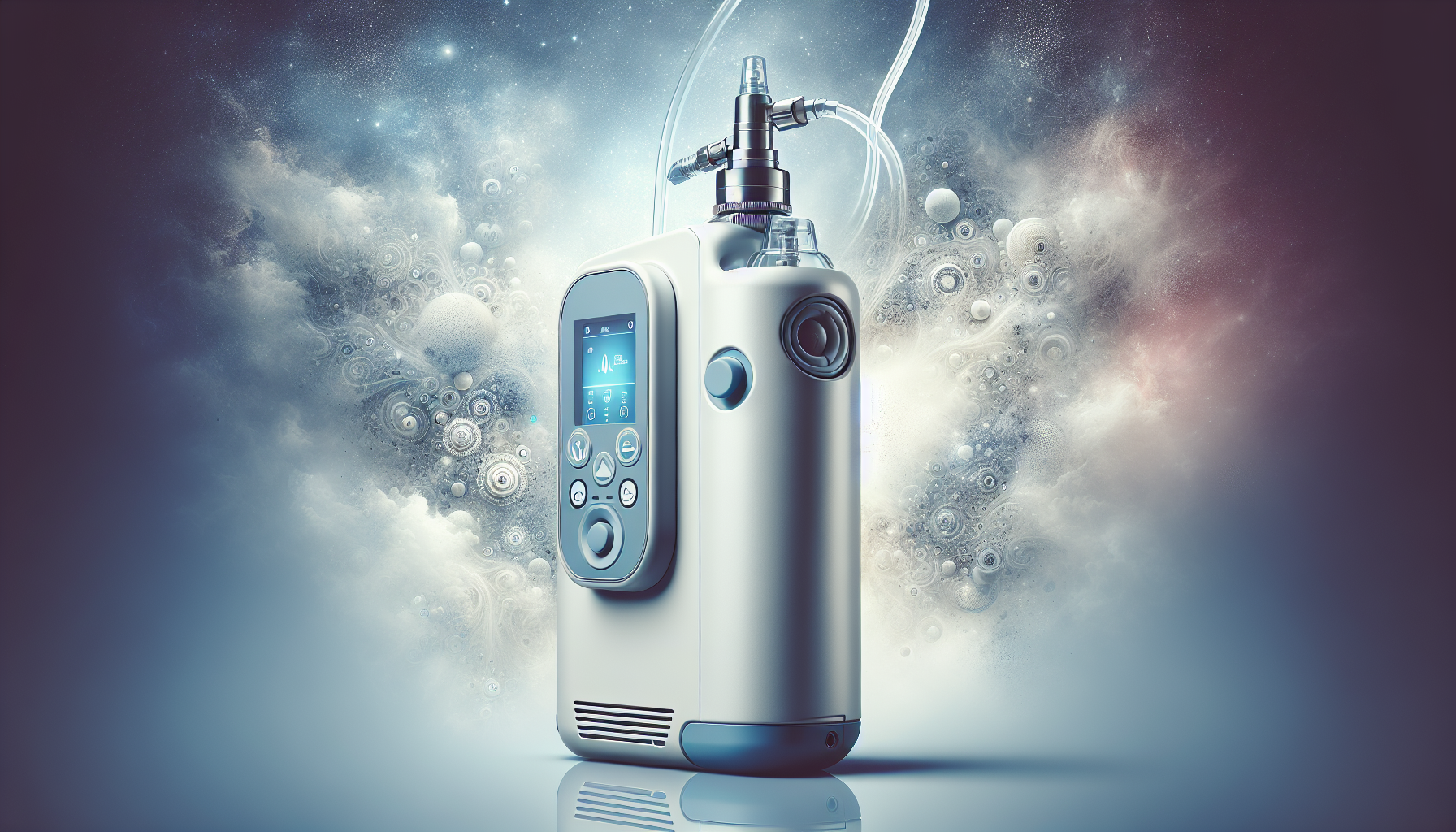
Frequently Asked Questions
What is the primary goal of oxygen therapy in COPD?
The primary goal of oxygen therapy in COPD is to maintain adequate blood oxygen levels, thereby reducing symptoms like breathlessness and fatigue and enhancing the quality of life.
Can COPD be cured?
There is no cure for COPD, but the progression of the disease can be slowed, and symptoms managed effectively through treatments like medication, lifestyle changes, and oxygen therapy.
How do I know if I need oxygen therapy?
Your doctor will determine if you need oxygen therapy, usually after a series of tests such as blood oxygen level measurements or a six-minute walking test. These tests help assess your lung function.
Can I travel with oxygen therapy?
Yes, you can travel with oxygen therapy, but it requires planning. Ensure you have enough oxygen supply for your trip and check with your travel provider about their policies on carrying oxygen equipment.
How often should I undergo medical review when on oxygen at home?
Regular follow-ups with your healthcare provider are essential to ensure your oxygen needs are met and to adjust your therapy as necessary. Typically, reviews will be more frequent when you first begin therapy.
Considering Hyperbaric Therapy
Hyperbaric therapy can be an adjunct to other treatments for some patients. Known as hyperbaric oxygen therapy (HBOT), this involves breathing pure oxygen in a pressurized environment. This cocktail of intense oxygen can offer health benefits for varied medical conditions.
How Hyperbaric Therapy Works
In a hyperbaric chamber, the pressure is higher than atmospheric levels. Breathing in this pressurized chamber boosts the oxygen content in your blood, which can promote healing and counteract effects of some medical conditions.
Benefits of Hyperbaric Therapy
HBOT can stimulate body healing processes, aid tissue repair, and reduce inflammation. It can enhance immune function and foster the growth of new blood vessels, crucial for wound healing and tissue regeneration.
Is Hyperbaric Therapy Applicable for COPD?
While hyperbaric therapy has various applications, its use for COPD is limited. It is not a standard treatment for COPD but can offer supplementary aid in some related complications, under specialist consultation.
Conclusion
Living with COPD and using oxygen therapy involves understanding your condition, managing symptoms, and making lifestyle adjustments. It doesn’t just lie in the hands of oxygen tanks but in a commitment to better habits and regular medical guidance. For COPD patients on oxygen, life is undoubtedly challenging but filled with opportunities to ease difficulties and enhance quality. Understanding your health and options can transform your journey and increase your odds for a longer, more fulfilling life.
For more information or medical assistance, consider visiting Henry Chiropractic if you are in the Pensacola, FL area. Dr. Craig Henry and Dr. Aaron Hixon offer chiropractic care and health treatments that enhance wellness, making them a reliable partner in your healthcare journey.
Contact Information:
Henry Chiropractic
1823 N 9th Ave
Pensacola, FL 32503
(850) 435-7777
DrCraigHenry.com








